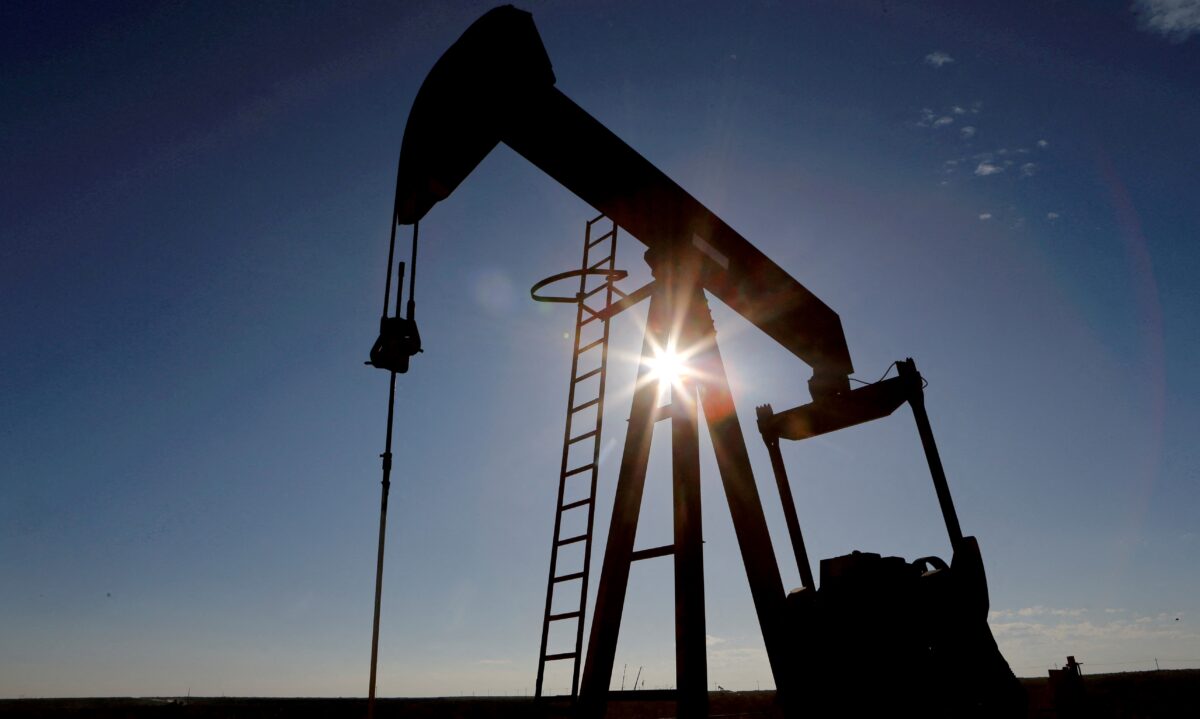
Oil prices rose during early Monday trading after a long streak of weekly declines, with the overall market sentiment expected to remain lukewarm due to worries about the state of the American economy.
Brent crude oil prices were trading at $75.42 per barrel on Monday, as of 10:44 a.m. EST, up from its opening of $74.22. West Texas Intermediate (WTI) prices were trading at $71.28 per barrel, up from around $70.08. The rise in oil prices follows four consecutive weekly losses till last weekend, which is the longest streak of weekly declines since September 2022. The decline was due to concerns that the United States could slip into a recession as the country edges toward a historic default next month. Given the bigger negative economic picture, some experts foresee oil markets to remain “tepid” in the near term.
“With the uneven reopening in China and concerns that the U.S is facing a growth slowdown at a time when the X-date for the debt ceiling is rapidly approaching, topped off by a rally in the U.S dollar, market sentiment toward crude oil will remain tepid at best,” IG analyst Tony Sycamore said to Reuters. (The X-date is when the Tresury Department estimates the government will run out of money to pay its bills in full and on time.)
The U.S. dollar index fell from its five-week high of 102.75 on Monday and was trading at 102.31. The decline followed a period of strength.
Meanwhile, oil prices are expected to find support from the scheduled supply tightening by the Organization of Petroleum Exporting Countries (OPEC) and its allies like Russia, collectively known as OPEC+. In April, the group had announced voluntary production cuts of 1.16 million barrels per day (bpd) beginning May until the end of this year.
Demand and Price in 2023
The International Energy Agency (IEA) is expecting global oil demand to rise by 2 million bpd in 2023 to a “record” 101.9 million bpd, according to the organization’s April 2023 Oil Market Report.
“Reflecting the widening disparity between regions, non-OECD countries, buoyed by a resurgent China, will account for 90 percent of growth,” it said.
“For the year as a whole, global oil production growth slows to 1.2 mb/d versus 4.6 mb/d in 2022. Non-OPEC+, led by the U.S. and Brazil, drives the 2023 expansion, rising 1.9 mb/d. OPEC+ is expected to drop by 760 kb/d.”
Goldman Sachs expects oil prices to rise above $100 per barrel this year due to sanctions against Russian oil exports and rising demand from China.
Goldman Sachs chief commodity strategist Jeff Currie told Bloomberg that a lack of investment in oil production to meet the rising demand has become a critical factor in pushing up prices. He expects the lack of spare capacity to become a major issue in 2024.
Antitrust Bill
Rep. Ken Buck (R-Colo.) introduced a bill that seeks to amend the Sherman Antitrust Act of 1890 to make oil-producing and exporting cartels illegal. HR 3081 was introduced in Congress on May 5.
The bill will alter U.S. antitrust laws to remove the sovereign immunity that has protected OPEC+ members and their national oil companies against lawsuits alleging price collusion.
However, analysts are skeptical about whether the bill will be able to pass Congress at a time when oil prices are relatively low. The House Judiciary Committee had earlier passed the bill in 2018, 2019, and 2021.
The U.S. Chamber of Commerce announced its opposition to HR 3081, warning that the bill will not only fail at controlling gasoline prices but also that it might even “perversely cause prices to rise due to the geopolitical risk that comes with this legislation.”
HR 3081 may end up creating an uncomfortable precedent, the chamber said. “Once sovereign immunity has been eliminated for one action of a state or its agents, it can be eliminated for all state actions and the actions of agents of the state.”
“Under reciprocal legal regimes, the United States and its agents throughout the world could be tried before foreign courts—perhaps including the military—for any activity that the foreign state wishes to make an offense.”

















































